Japanese Gardens and Autumn Leaves
Japanese gardens are not your usual gardens. They have a really long history, the first recorded one dating back to as early as the first century. The first gardens were strongly influenced by Chinese gardens, but eventually Japanese garden designers developed their own distinct style. Some of the most notable Japanese gardens were created hundreds of years ago, and they are still being maintained the same way.
Japanese gardens can be considered a work of art. They are miniature, stylized versions of nature, often resembling the features of their region, for instance the mountain peaks, valleys and streams of the island of Honshu. Besides landscapes, they also feature a variety of different flowers and trees. By having a rich flora, a garden can have a completely different appearance in the four seasons. The most popular seasons among visitors are probably spring and autumn — both of them providing a colorful experience. I’m fairly biased towards the autumn season, when the tree leaves turn yellow and red, creating some beautiful foliage, as you’ll see in my photos.
There are different types of Japanese gardens. The earliest ones were pleasure gardens built for the Japanese emperors. These gardens already had streams, ponds and small artificial mountains as their dominant features. They were designed to be seen from outside, as one would view a landscape from an elevation. Speaking of landscapes, many of these small pleasure gardens utilized the Chinese composition technique called borrowed landscape or borrowed scenery. It means the incorporation of the surrounding environment as part of the garden, like mountains, hills, temples or castles. Here are a few of my favorite examples of borrowed landscapes:
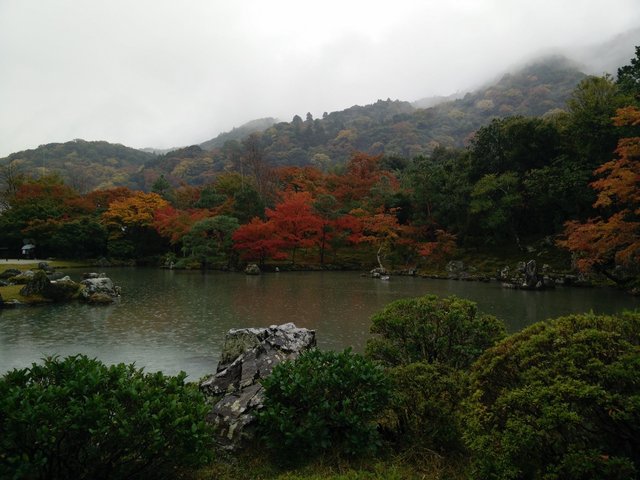
This is Tenryū-ji in Kyoto with a light autumn rain and the foggy hills borrowed from the background. The photo was taken in early November, the autumn foliage has just started.
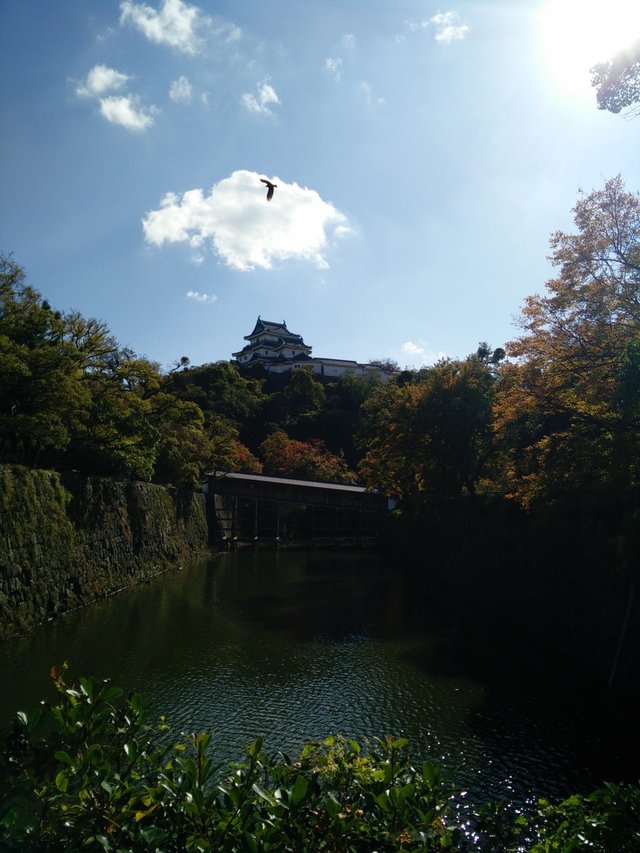
Sunshine in Wakayama as the castle on the hilltop fades into the scenery.
From the 14th century, tea gardens started to emerge as a setting for Japanese tea ceremonies. Guests can follow a small path through the trees until they reach the teahouse. The Wakayama castle has a really nice tea garden:
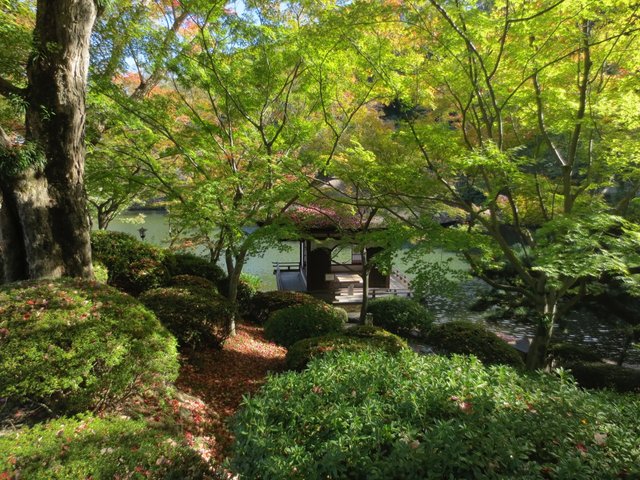
Fast forward to the 17th century, the beginning of the Edo period, a new garden style started to appear: stroll gardens. In their appearance they are similar to the earlier pleasure gardens, but stroll gardens are designed to be enjoyed from the inside. There are paths running around the garden leading up to several viewpoints, where the visitors are able to enjoy the carefully composed scenery. Lakes are a key feature of stroll gardens, small streams supply the water, little stone bridges are built across the streams, the streams might start as small waterfalls — these gardens are really the miniature versions of the region’s nature.
One of the finest stroll gardens, also one of the Three Great Gardens of Japan, is Kenroku-en in Kanazawa. Kenroku-en is famous for its variety of landscapes, its pond and fountain, its old tea house.
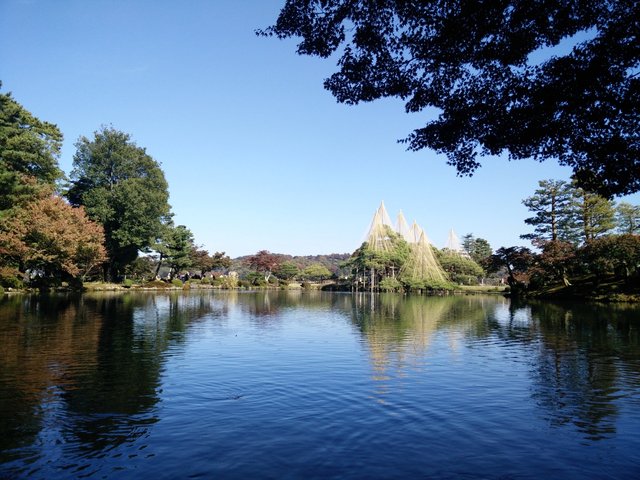
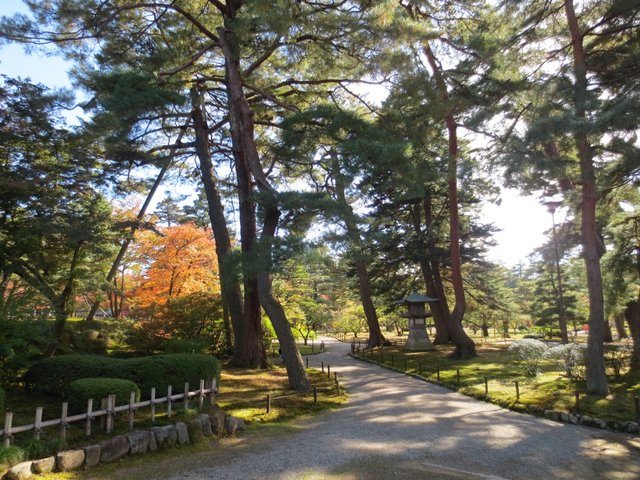
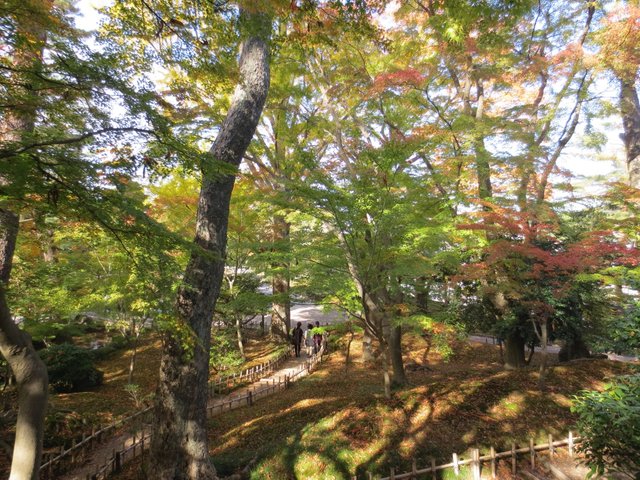
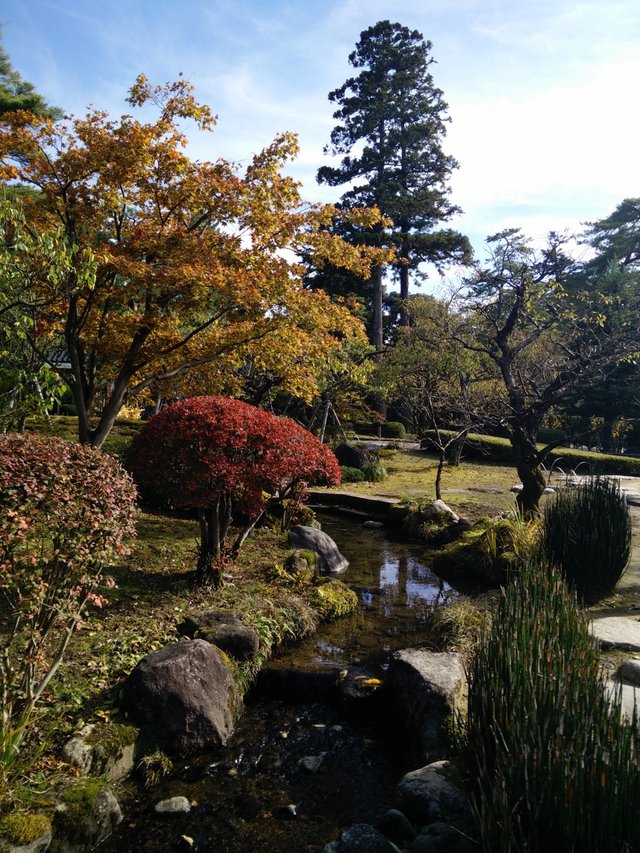
Many foreign tourists visit only Tokyo during their time in Japan, but fortunately they don’t have to miss a good garden stroll. Take a look at Koishikawa Koraku-en:
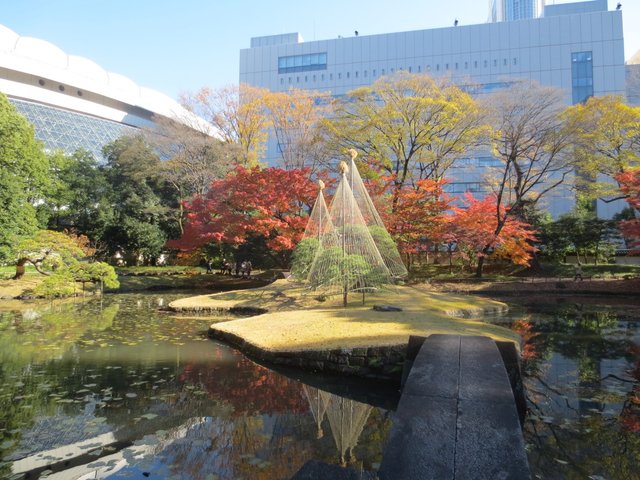
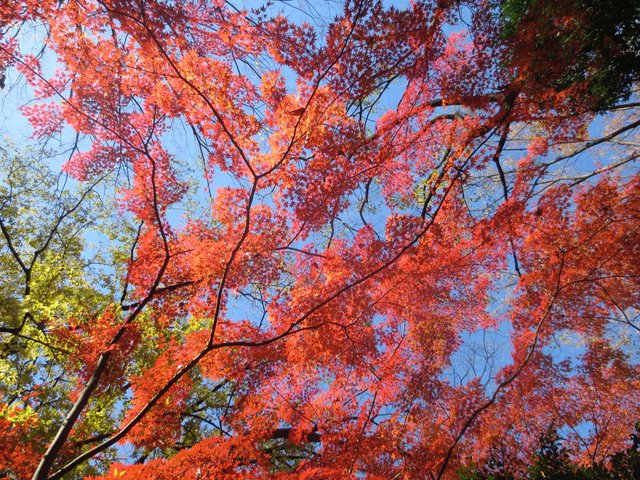
Koishikawa Botanical Garden:
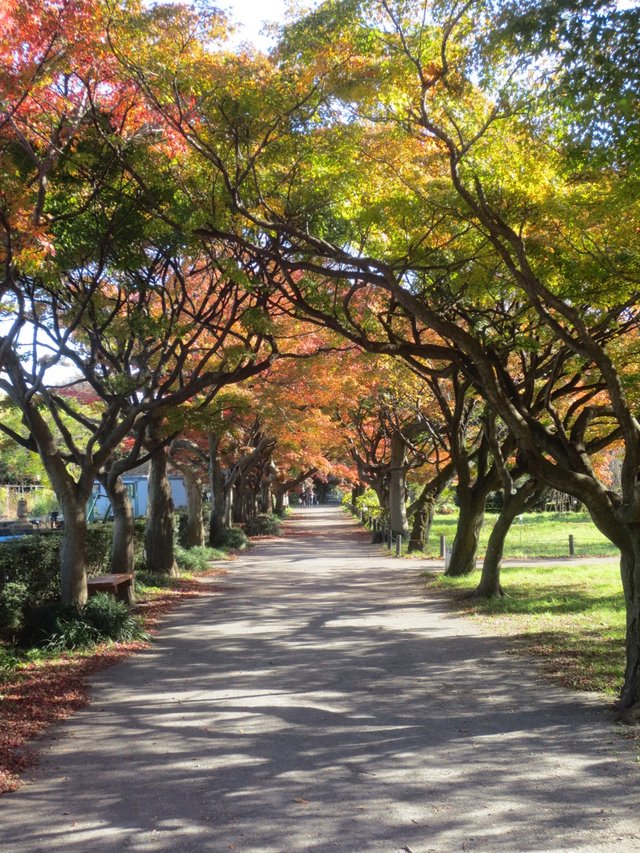
Rikugi-en:
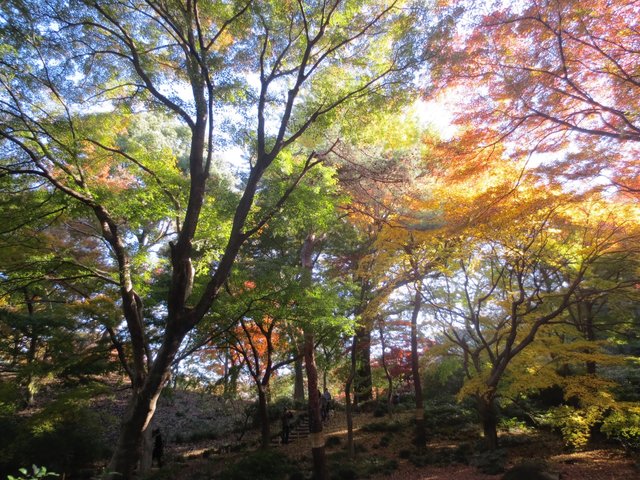
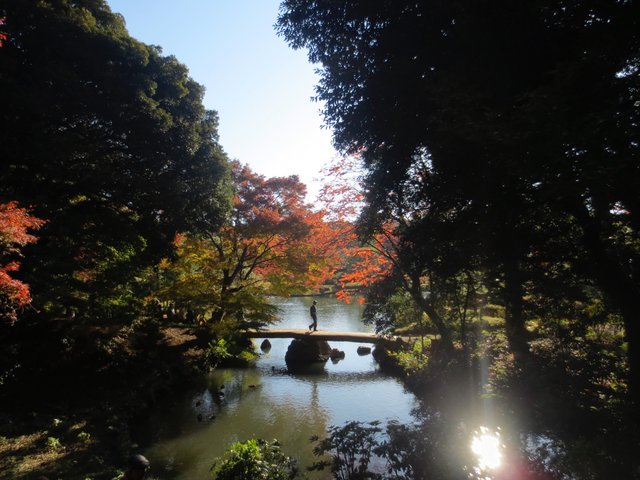
Now to the best part of Japanese gardens. Stroll gardens are beautiful, a real joy to watch, but they just can’t beat a Japanese dry rock garden, also known as zen gardens. Originating in the 14th century, zen gardens were built by Buddhist monks to facilitate meditation. Water is replaced by white sand or gravel, and it is raked to resemble water. Other features include rocks, moss and small trees, all of them are carefully arranged to create an abstract landscape. Zen gardens are small and intended to be seen while sitting outside the garden, usually from the temple. Many of the notable zen gardens are hundreds of years old, and their appearance wasn’t changed since their creation. Many tourists visit the most famous rock gardens, but if you can forget about the crowd, the sight of the garden can be very relaxing.
The most famous zen garden is Ryōan-ji in Kyoto, built in 1450:
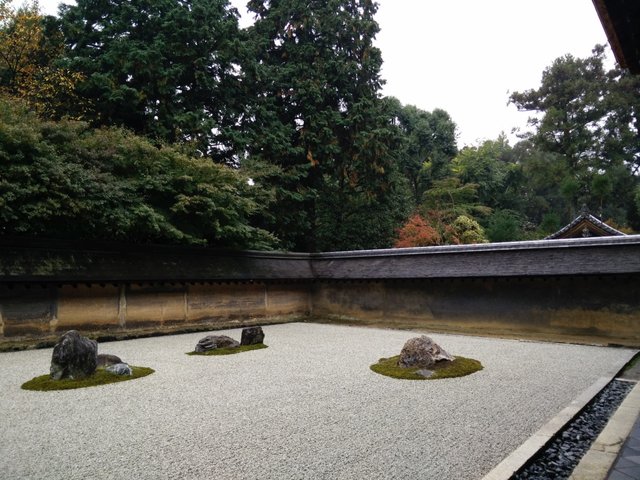
This is really it. Rocks placed on patches of moss, straight lines in the gravel and dirty walls. You couldn’t make it simpler, and you couldn’t arrange it more perfectly. Many have tried to interpret the meaning of the garden, imagining swimming baby tigers and other things. My advice: don’t bother trying to interpret, simply enjoy what you see.
Ryōan-ji is the rock star of rock gardens, but my favorite is a relatively unknown one: Kōmyōzen-ji in Dazaifu, Fukuoka Prefecture:
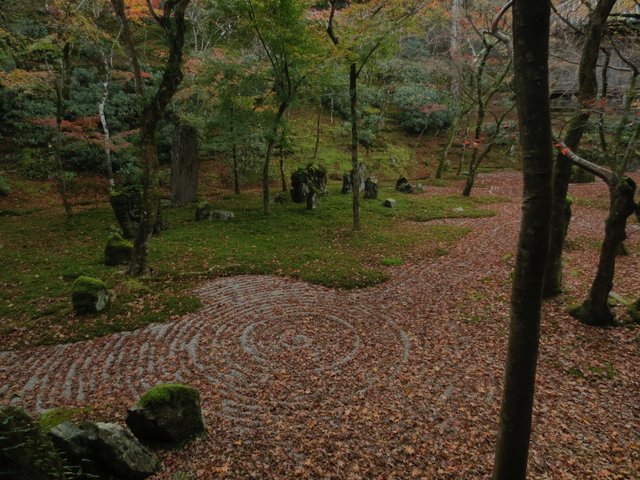
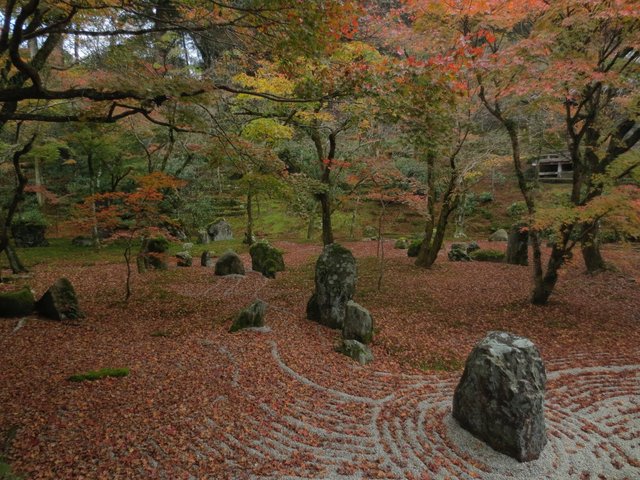
There are circular patterns in the gravel, many rocks and trees covered in moss and autumn leaves. Complemented with the sound of silence, it’s one of the most relaxing experience I’ve ever had.
That’s it. If you’re in Japan, make sure you visit as many gardens as you can.
Beautiful photos!
Thank you!
Thanks for yur good posts, I followed you! I give you a vote!
Congratulations @zati! You received a personal award!
You can view your badges on your Steem Board and compare to others on the Steem Ranking
Vote for @Steemitboard as a witness to get one more award and increased upvotes!
Great article!